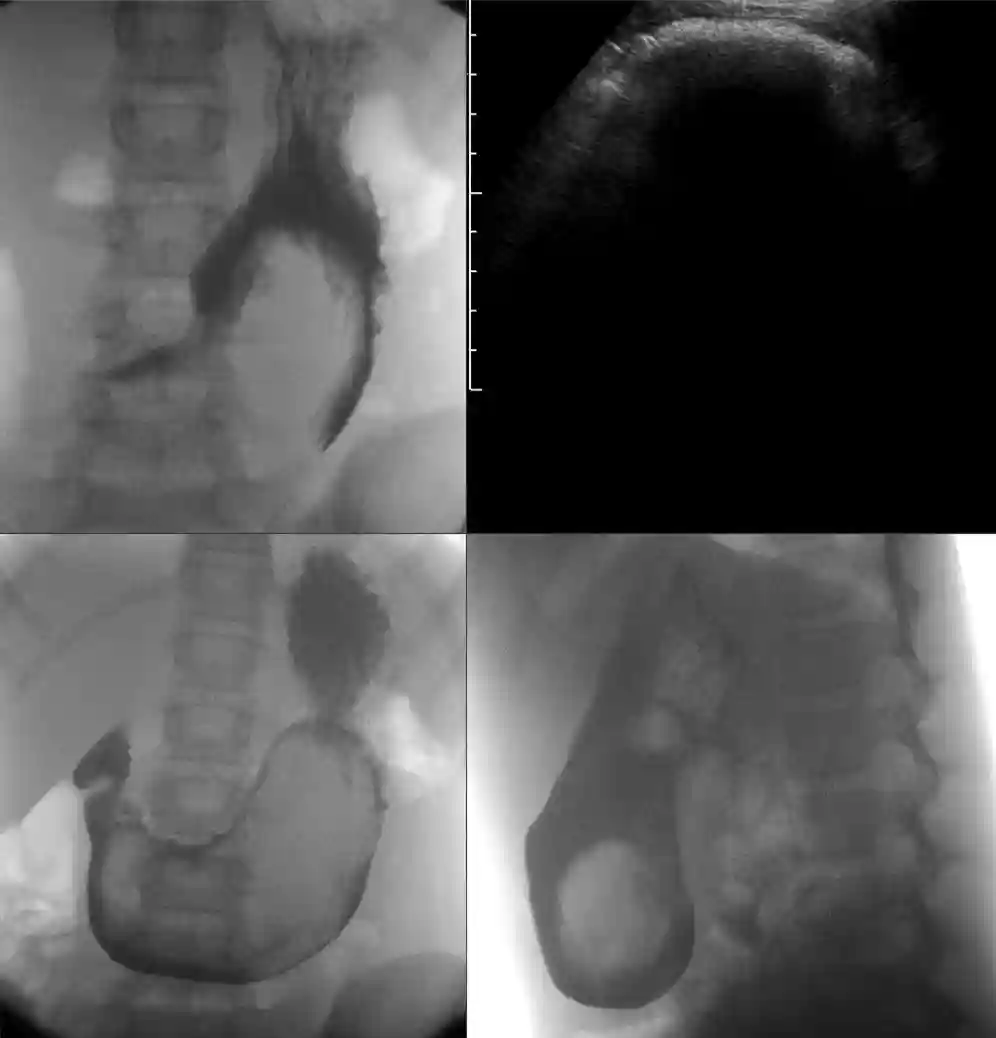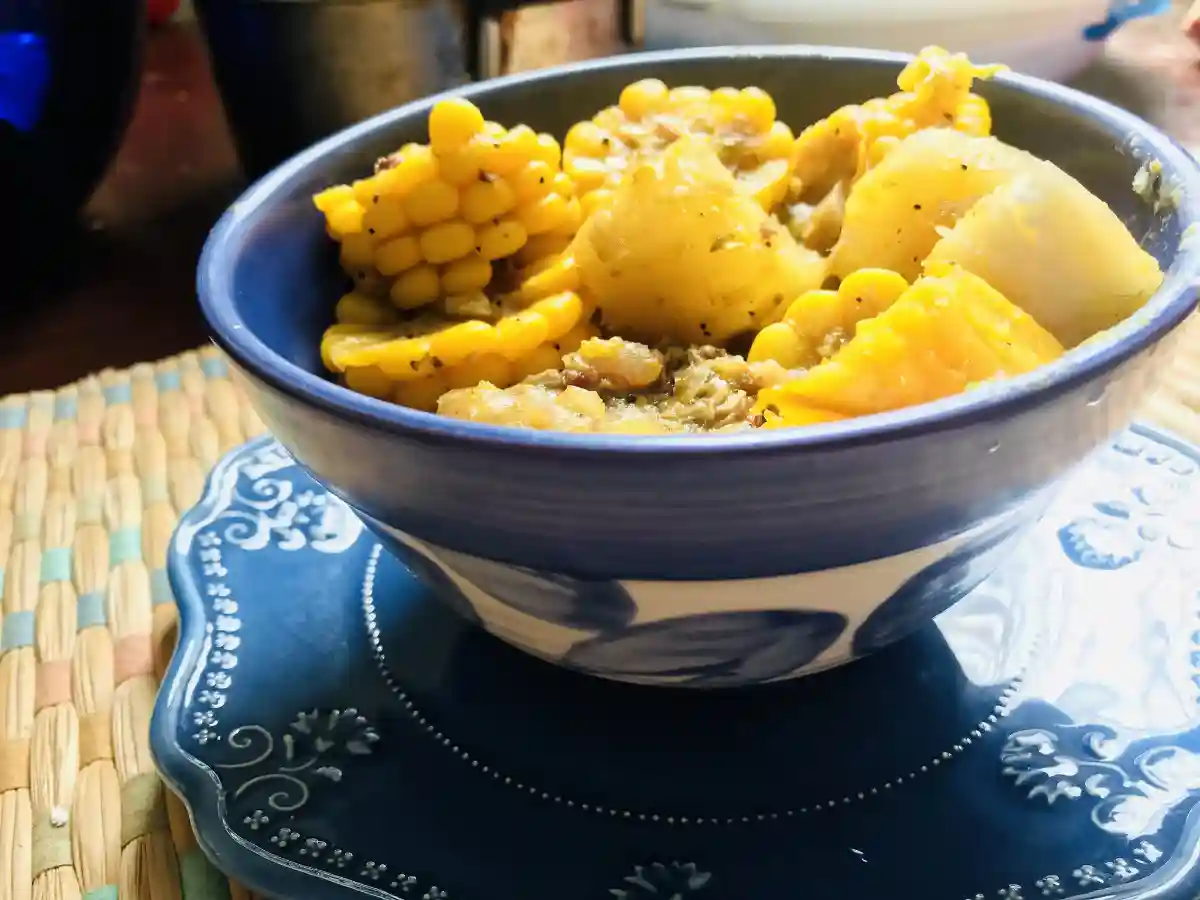Celiac.com 03/13/2024 – Trichobezoar may sound like a term from a medical textbook, but for some individuals, it’s a real and challenging condition. Imagine a solid mass forming in your stomach, composed of hair and food debris. This unusual condition, known as trichobezoar, is exceptionally rare, particularly in children. However, a recent case study has shed light on a unique connection between trichobezoar and celiac disease, emphasizing the importance of understanding these conditions and their treatment.
A team of researchers present an unusual case involving the discovery of gastric trichobezoar in a 15-year-old girl who had undiagnosed celiac disease. The condition manifested after she experienced abdominal pain and pallor.
Trichobezoar typically occurs in less than 1{28c990c5ec46bc12a8a6e519302e6740183955f80b5fc5356445979e411ee393} of children, with most cases observed in young girls with psychiatric disorders. The condition arises from a compulsion to pull out hair (trichotillomania) and ingest it (trichophagia), leading to the accumulation of hair within the stomach lining. While trichobezoar is often associated with psychiatric conditions, its link to celiac disease is less common but noteworthy.
In a recent case study, a 15-year-old girl presented with symptoms of trichobezoar, including abdominal pain, vomiting, and unexplained weight loss. Upon examination, doctors discovered a firm mass in her abdomen, along with signs of hair loss on her scalp. What made this case unique was the subsequent diagnosis of celiac disease, a condition characterized by an adverse reaction to gluten.
Celiac disease is a chronic autoimmune disorder triggered by the ingestion of gluten, a protein found in wheat, barley, and rye. While the association between trichobezoar and celiac disease is unusual, researchers suggest two possible explanations. Firstly, deficiencies in iron and folic acid, common in individuals with celiac disease, may lead to behavioral disorders such as trichophagia. Secondly, celiac disease itself may directly contribute to the development of trichobezoar.
Treatment for trichobezoar typically involves surgical removal of the mass, followed by psychological support to prevent recurrence. In cases associated with celiac disease, adopting a gluten-free diet is essential to manage symptoms and promote healing. This comprehensive approach addresses both the physical and psychological aspects of the condition, offering patients a chance at improved health and well-being.
While trichobezoar and celiac disease are relatively rare on their own, their coexistence presents a unique challenge for patients and healthcare providers alike. By raising awareness of this uncommon association and emphasizing the importance of early detection and treatment, we can better support individuals living with these conditions. As medical research continues to advance, we hope to gain further insights into the complex relationship between trichobezoar, celiac disease, and other related disorders, ultimately improving outcomes for those affected.
Read more at cureus.com
The research team included Hassnae Tkak, Amal Hamami, Aziza Elouali, Nadir Miry, Amal Bennani, Houssain Benhaddou, Abdeladim Babakhouya, and Maria Rkain. They are variously affiliated with the Department of Pediatrics, University Hospital Mohamed V, Faculty of Medecine and Pharmacy, University Mohamed first, Oujda, MAR; the Department of Pediatrics, Mohammed VI University Hospital, Oujda, MAR; the Faculty of medicine and pharmacy of Oujda, Mohammed I University of Oujda, Morocco; Oujda, MAR; the Pathology department, Mohammed VI University Hospital; Oujda, MAR; the Histopathology department, Faculty of Medicine and Pharmacy, Oujda, MAR; the Department of Pediatric Surgery, Mohammed VI University Hospital, Oujda, MAR; the Service de Pédiatrie, CHU Mohammed VI, Oujda, Maroc. , Faculté de médecine et de pharmacie d’Oujda, Université Mohammed I d’Oujda, Maroc., CHU Mohammed Vi Oujda Morocco, Oujda, MAR; the Department of Pediatrics, Mohammed VI university hospital, Oujda, Morocco., Faculty of medicine and pharmacy of Oujda, Mohammed I University of Oujda, Morocco, Oujda, MAR; and the Pediatric Gastroenterology, CHU Mohammed Vi Oujda Morocco, Oujda, MAR.
Source link





